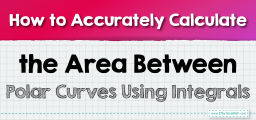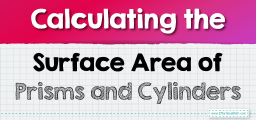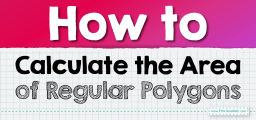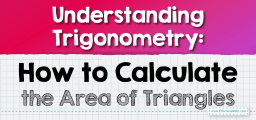How to Find Perimeter and Area Relationship
In this blog post, students learn about the perimeter and area of simple shapes like rectangles and squares. Although the perimeter and area are related to the dimensions of a shape, they represent different concepts and don't always change in the same way.

- Perimeter refers to the total distance around a shape. To find the perimeter of a rectangle or square, you can use the following formula:
- For a rectangle: Perimeter = 2 \(\times) (length + width)
- For a square: Perimeter = 4 \(\times) side
- Area refers to the amount of space enclosed by a shape. To find the area of a rectangle or square, you can use the following formula:
- For a rectangle: Area = length \(\times) width
- For a square: Area = side \(\times) side
The Absolute Best Book for 4th Grade Students
A Step-by-step Guide to Finding Perimeter and Area Relationship
Here is a step-by-step guide to finding the perimeter and area of simple shapes like rectangles and squares:
Step 1: Understand the Concepts
- Perimeter: As said before, the perimeter is the total distance around a shape. For a rectangle or square, you can add up all the sides.
- Area: As said before, the area is the total amount of space inside a shape. For a rectangle, you multiply the length by the width. For a square, you multiply the side length by itself.
Step 2: Practice Finding the Perimeter
Let’s use a rectangle as an example:
- Draw a rectangle. Let’s say it is 6 units long and 4 units wide.
- Add up all the sides to find the perimeter: 6 (top) + 4 (right) + 6 (bottom) + 4 (left) = 20 units.
Step 3: Practice Finding the Area
Using the same rectangle:
- Multiply the length by the width to find the area: 6 (length) \(\times) 4 (width) = 24 square units.
A Perfect Book for Grade 4 Math Word Problems!
Step 4: Understand the Relationship
Now, let’s investigate the relationship between perimeter and area:
- Draw several rectangles with the same perimeter. For example, you could draw rectangles with lengths and widths of (5,5), (6,4), and (7,3). All of these have a perimeter of 20 units.
- Find the area of each rectangle: (55=25), (64=24), and (\(7\times3=21\)).
- Notice that even though the perimeters are the same, the areas are different. This shows that perimeter and area are related to the shape’s dimensions, but they don’t always change in the same way.
Step 5: Experiment and Explore
Encourage students to draw other shapes, such as different sizes of squares, and repeat steps 2-4. This will help them understand that the relationship between perimeter and area is complex and depends on the specific dimensions of the shape.
By following this guide, students can develop a solid understanding of the relationship between perimeter and area, and how these concepts relate to the dimensions of different shapes.
The Best Math Books for Elementary Students
Related to This Article
More math articles
- How to Pay for College: Understanding College Payments
- Dual Degree Programs: A Complete Guide
- 7th Grade PSSA Math Practice Test Questions
- FREE ATI TEAS 7 Math Practice Test
- How to Find Composite Numbers?
- What Kind of Math Is on the Accuplacer Next-Generation Test?
- How to Understand ‘If-Then’ Conditional Statements: A Comprehensive Guide
- 4th Grade RICAS Math Worksheets: FREE & Printable
- How to Solve Absolute Values and Opposites of Rational Numbers?
- 3rd Grade NYSE Math Worksheets: FREE & Printable


















What people say about "How to Find Perimeter and Area Relationship - Effortless Math: We Help Students Learn to LOVE Mathematics"?
No one replied yet.